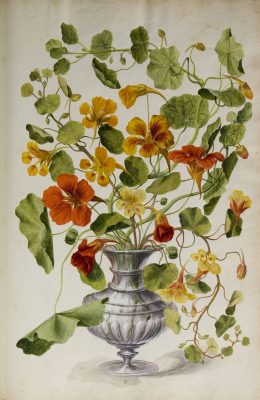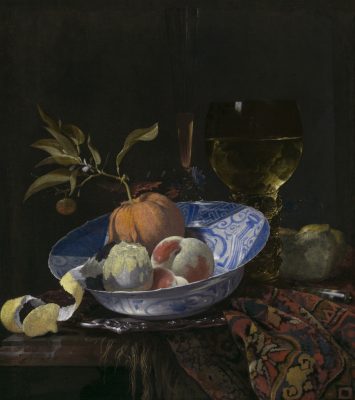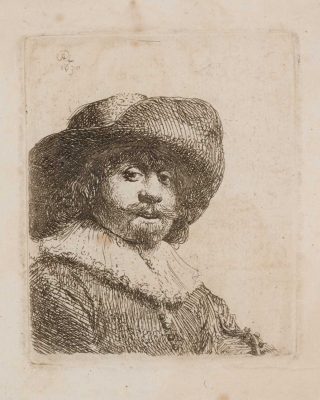Several exhibitions relevant to HNA members are opening in the coming days:
At Paleis het Loo in The Netherlands:
Exhibition: 20 April – 1 September 2024

For centuries, flowers have brought color, fragrance and context to Paleis Het Loo. Bloom is about seventeenth-century still lifes and Princess Mary’s influence on the use of flowers. Contemporary artists, designers and the palace’s team of gardeners bring this history to life. Though they admire the historical artworks, they also have critical questions. How did these flowers come to be here? Who paid the price for all this wealth and beauty? And what is the future of flowers? There’s a story behind every flower and every work of art. Bloom opens 20 April and runs through to 1 September 2024….The exhibition will include a special loan: Pieter Cos’s tulip book from 1637, in gouache on paper, from the Artist Special Collections of Wageningen University. In the same space, Jos Agasi will bring Pieter Cos’s tulip book to life with his video installation and matching music.
The plant collection of Willem and Mary
One unique exhibit – returning to the Netherlands for the first time – will be the watercolor collection of Stephanus Cosijns, 1685-1688 from the collection of Biblioteca Nazionale Centrale di Firenze, Italy. This book played an important role in laying the foundations of botany in the Netherlands. It depicts a part of the world-famous plant collection once owned by politician Gaspar Fagel, who was a close friend of Willem and Mary. They inherited the plants and the 97 watercolors after Fagel’s death. Thanks to these images, we still know today which plants grew in the gardens of Paleis Het Loo.
Read more here.
—
At the High Museum of Art in Atlanta, Georgia:
Dutch Art in a Global Age: Masterpieces
from the Museum of Fine Arts, Boston

Still Life with Fruit in a Wanli Bowl, 1664
Oil on canvas
Promised gift of Rose‑Marie and Eijk van Otterloo,
in support of the Center for Netherlandish Art
Exhibition: April 19 – July 14, 2024
This exhibition explores how international travel and trade transformed Dutch art and society. Still life paintings feature imported products; seascapes, landscapes, and maps reveal where these products came from. A section including cityscapes and maps addresses Amsterdam’s rise as Europe’s commercial hub. The focus then turns to Dutch portraits, both painted and printed. Local landscapes show how exposure to the world’s wonders paradoxically reinforced pride in Dutch topography. The exhibition concludes with beautiful objects in silver and ceramic and depictions of daily life, demonstrating the coexistence of the familiar and the foreign. Throughout, this exhibition emphasizes artistic achievement while encouraging visitors to consider the human costs of global commerce.
Read more here.

Man in Broad Brimmed Hat, 1638
Promised Gift of the Collection of Jonathan “Jack” Frost
At the Norton Museum, West Palm Beach, Florida